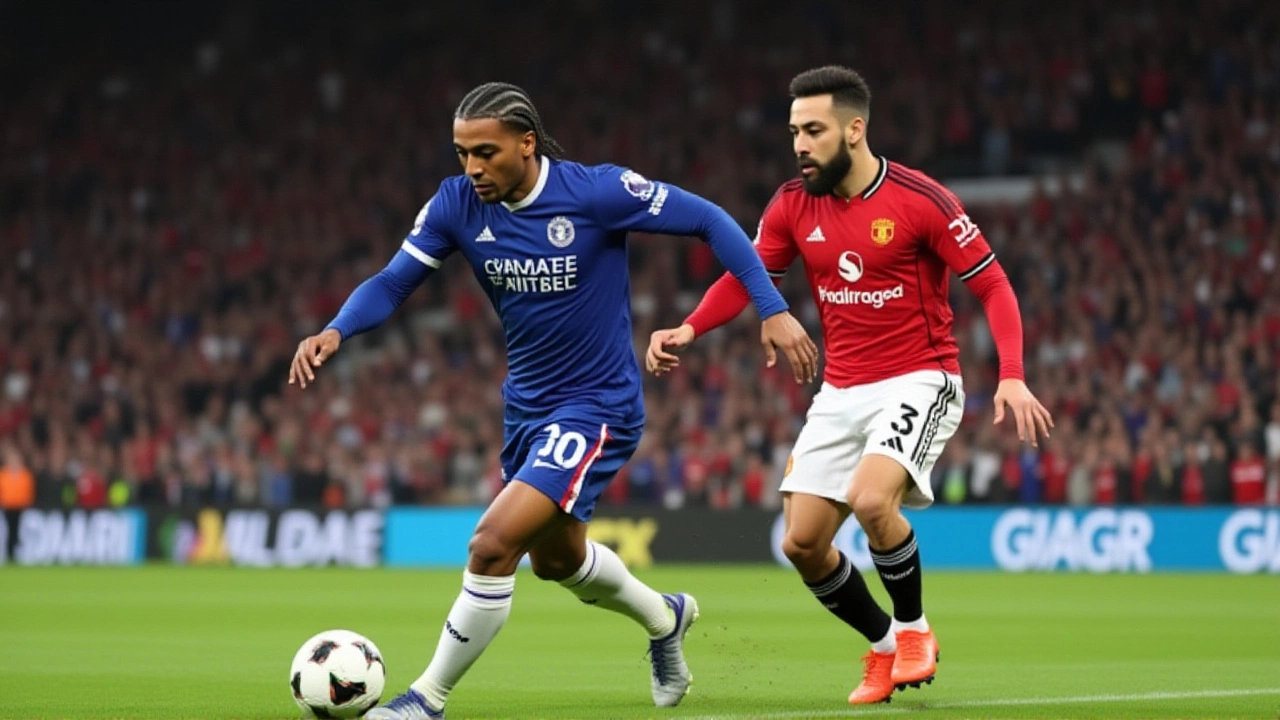Hockey Injury Guide: Stay Safe and Bounce Back Faster
If you love the rush of a fast‑break or the smash of a body check, you also know how quickly a slip or a hit can leave you hurting. Injuries are part of the game, but you don’t have to accept them as inevitable. This guide breaks down the most common hockey injuries, shows you how to cut the risk, and gives you clear steps to recover without missing too much action.
Common Injuries on the Ice
Most players first notice bruises and cuts after a hard game, but the real troublemakers are sprains, concussions, and shoulder separations. A sprained ankle often happens when you push off the boards at the wrong angle – the ligaments stretch or tear, leaving you wobbly and sore. Knee injuries, especially ACL tears, usually come from sudden direction changes or a collision that twists the joint.
Concussions get a lot of buzz because they’re hard to spot at first. A hit to the head, a puck, or even a hard fall can jolt the brain. Symptoms range from a foggy headache to memory loss, and playing on a concussion can make damage worse. Shoulder separations happen when a player leans into a check and the top of the shoulder pops out of place – it feels like a sharp, stabbing pain and can sideline you for weeks.
Don’t forget the wrist and finger fractures that result from a badly timed stick grab or a puck that whizzes into the hand. These injuries often need a cast or splint, and they can limit your stick handling for a long time.
Preventing and Recovering From Injuries
The best offense is a good defense, and that starts with proper equipment. Make sure your helmet fits snugly, the face shield is clean, and the padding on shoulders, elbows, and hips isn’t worn out. Skates should be tight enough to support your ankles but not so tight they cut off circulation. A well‑fitted mouthguard can reduce concussion risk by cushioning blows to the jaw.
Warm‑ups matter more than you think. Spend five minutes jogging or skipping, then do dynamic stretches like leg swings, torso twists, and arm circles. This gets blood flowing to the muscles and joints, making them less likely to strain when you sprint or stop suddenly.
Strength training is another key player. Focus on core work, hip stability, and shoulder strength. Simple moves like planks, single‑leg deadlifts, and banded rows can keep your body balanced and ready for the unpredictable motions of a game.
If you do get hurt, treat it like a mini‑project. Rest the area, apply ice for 20 minutes a few times a day, and compress with a bandage if there’s swelling. Elevating the injured limb helps reduce fluid buildup. For anything beyond a mild bruise, see a sports‑medicine professional – they can diagnose hidden damage and set up a rehab plan.
Rehab isn’t just about the injured spot. Work on full‑body mobility and strength to avoid compensating habits that can cause new injuries. A physiotherapist will guide you through range‑of‑motion exercises, balance drills, and gradual return‑to‑play protocols. Stick to the timeline; rushing back often leads to re‑injury.
Finally, listen to your body. If a pain lingers after a few days of rest, or if you feel dizzy after a hit, it’s a sign to get checked out. Playing through pain may seem tough, but it can cost you weeks or months of playing time later.
Staying safe on the ice isn’t about taking the fun out of hockey. It’s about giving yourself the best shot at enjoying every shift, every goal, and every celebration. Keep your gear tight, warm up right, train hard, and act fast when an injury pops up – and you’ll spend more time scoring than sitting on the bench.
Manchester United Missing Mazraoui for Brentford Clash
Moroccan defender Noussair Mazraoui will miss Manchester United's upcoming game against Brentford after sustaining an injury. Manager Ruben Amorim has named young defender Diego as his replacement. The exact nature of Mazraoui's problem remains unclear, but it is serious enough to keep him out of training. United must reshuffle their back line to stay competitive. The squad's depth and tactical flexibility will be tested.
View More